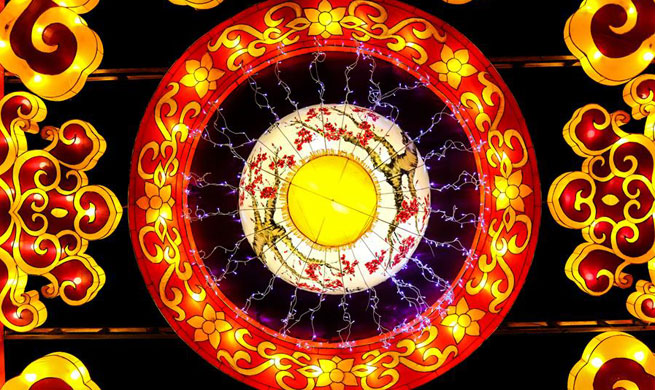GENEVA, Feb. 8 (Xinhua) -- A Swiss-led research team has observed, for the first time, the division of neural stem cells in an adult mouse brain, according to a press release from the University of Zurich on Thursday.
This is a breakthrough that would not only deepen the understanding of how brain cells develop, but also inform research into therapies for human diseases like Alzheimer's and Parkinson's, the press release said.
Research over the past two decades has confirmed that adult mammalian brains can grow new neurons, which has overturned scientists' previous assumption that the growth of such cells ends even before birth.
Now an international team of scientists led by the University of Zurich's Brain Research Institute has shown for the first time exactly how this happens, using the mouse brain as a model. The study has been published in the Feb. 9 issue of the journal Science.
It illustrates the dividing and developing process of neural stem cells, the self-renewing cells of the central nervous system that can give rise to other more specialized cell types like neurons or nerve cells. The researchers were also able to observe how new neurons become integrated into the adult mouse hippocampus, a region of the brain responsible for controlling learning and memory.
The researchers used a microscopy technique called two-photon imaging to capture pictures of the living mouse brain cells as they divided, and to track the cells' development and maturation for up to two months.
In the past, it was deemed technically impossible to follow single-cell stem cells in the brain over time, given the deep localization of the hippocampus in the brain, according to the press release.
The new breakthrough was largely attributed to collaborators, including those from the Brain Research Institute and from the University of Cambridge, who brought together their expertise in deep-brain imaging and theoretical modelling.
The researchers observed that the maturation process of the neural stem cells is very short, as they only completed a few rounds of cell division before maturing into neurons. The team posited that this could explain why the number of new neurons produced drops off so steeply with age.
According to the researchers, understanding how new brain cells are born and develop throughout a lifetime could be useful for advancing the study of human brain disorders. In the future, neural stem cells may be used for brain repair, for example, for diseases such as cognitive aging, Parkinson's and Alzheimer's disease or major depression.

















